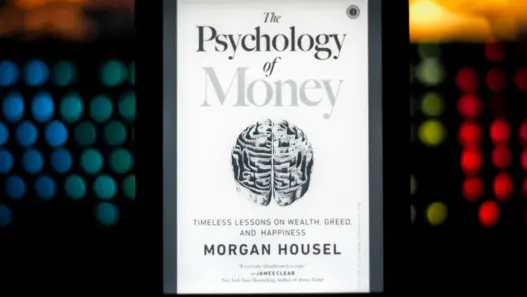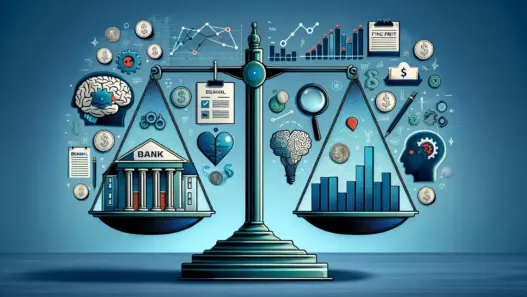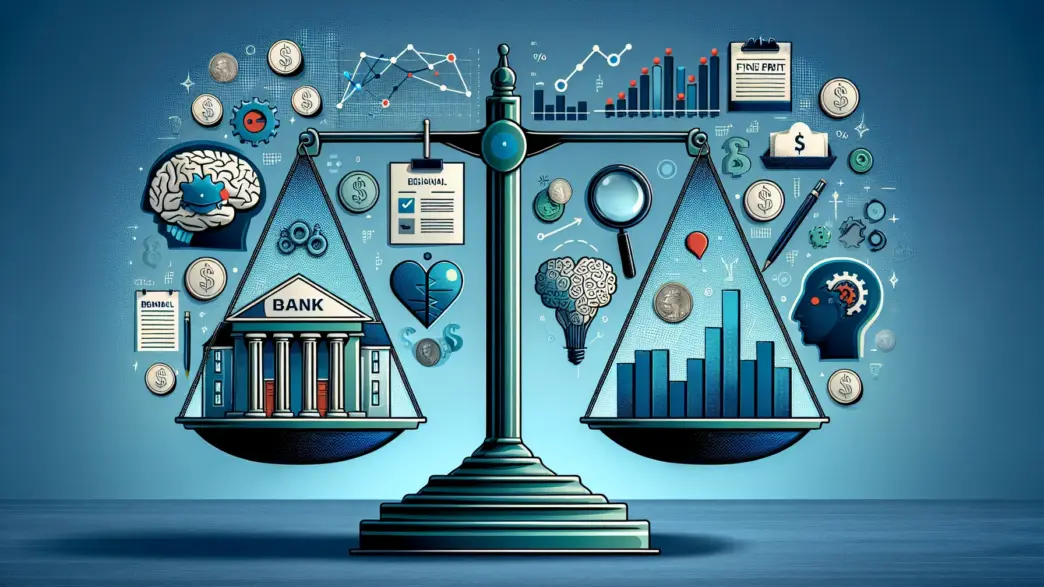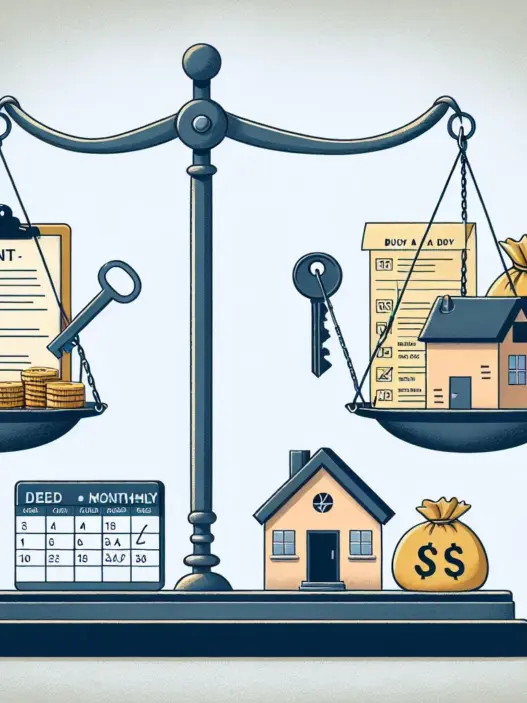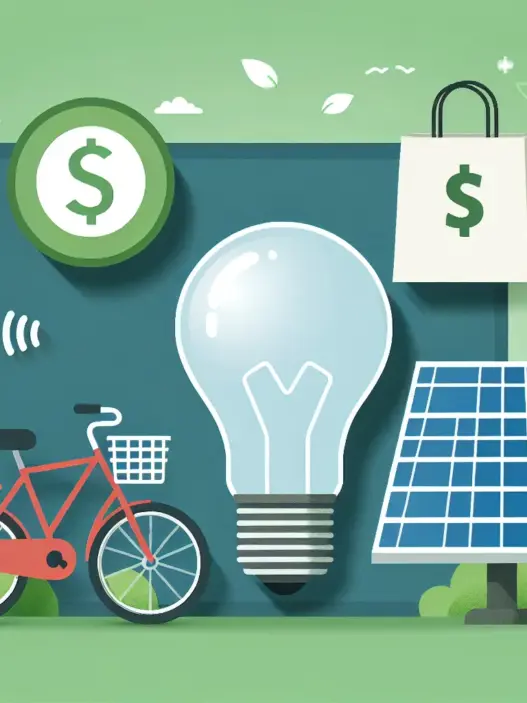Money matters can be puzzling. We often think we’re making logical choices about our finances, but the truth is, our decisions are heavily influenced by psychological factors. This is where behavioral economics comes into play, shedding light on why we make the financial decisions we do.
Understanding Behavioral Economics
Behavioral economics blends insights from psychology with economic theory. It explains how emotions, cognitive biases, and social factors shape our financial choices. Unlike traditional economics, which assumes people always act rationally, behavioral economics recognizes that we’re human, with all the quirks and inconsistencies that entails.
Common Biases Affecting Financial Decisions
Loss Aversion
People tend to feel the pain of losing money more intensely than the pleasure of gaining the same amount. This bias can lead to overly conservative investment strategies, potentially hampering long-term financial growth.
Present Bias
We often prioritize immediate gratification over future benefits. This tendency can derail savings plans and lead to overspending. For example, choosing to buy a new gadget now instead of saving for retirement.
Overconfidence
Many people overestimate their financial knowledge and ability to predict market trends. This can result in risky investment decisions or a lack of diversification in portfolios.
Anchoring
We tend to rely too heavily on the first piece of information we receive when making decisions. In finance, this might mean fixating on a stock’s past performance rather than its future prospects.
Practical Applications in Personal Finance
Understanding these biases can help individuals make better financial choices. Here are some ways to apply behavioral economics principles:
Automate Savings
To combat present bias, set up automatic transfers to savings accounts. This removes the temptation to spend money earmarked for future goals.
Reframe Financial Choices
Instead of viewing saving as a loss of current spending power, think of it as paying your future self. This mental shift can make saving feel more rewarding.
Use Mental Accounting Wisely
While traditional economics discourages mental accounting (treating money differently based on its source or intended use), it can be a useful tool. Designating specific accounts for different purposes (e.g., emergency fund, vacation savings) can help maintain financial discipline.
Leverage Social Influence
Sharing financial goals with friends or family can increase accountability and motivation. Some apps even allow users to compare their saving habits with peers, tapping into our natural competitive instincts.
The Power of Default Options
Default options have a significant impact on financial decisions. For instance, when employers automatically enroll employees in 401(k) plans, participation rates tend to be much higher. This principle can be applied to personal finance by setting up default savings rates or investment allocations.
Learn more about retirement planning strategies
Overcoming Behavioral Biases
While it’s impossible to eliminate all biases, awareness is the first step toward better financial decision-making. Here are some strategies:
- Pause before making big financial decisions
- Seek diverse perspectives to challenge your assumptions
- Use tools and apps that provide objective financial data
- Regularly review and adjust your financial plans
The Role of Financial Education
Improving financial literacy can help combat some of the negative effects of behavioral biases. However, education alone isn’t always enough. It’s crucial to combine knowledge with practical tools and strategies that work with our natural tendencies, not against them.
Discover tips for becoming financially strong
Behavioral Economics and Market Volatility
During times of market turbulence, behavioral biases can lead to panic selling or other irrational actions. Understanding these tendencies can help investors stay calm and stick to their long-term strategies.
Learn strategies to emerge as a winner in a bear market
The Future of Behavioral Economics in Personal Finance
As technology advances, we’re likely to see more personalized financial advice that takes individual behavioral tendencies into account. Robo-advisors and AI-driven financial planning tools are already incorporating some of these principles.
Embracing a Balanced Approach
While behavioral economics offers valuable insights, it’s important to remember that not all financial decisions are irrational. Sometimes, what appears to be a bias-driven choice might be a perfectly reasonable decision based on personal circumstances.
The key is to strike a balance between acknowledging our human tendencies and striving for more informed, thoughtful financial choices. By understanding the role of behavioral economics in our financial lives, we can work towards better money management and more secure financial futures.
Frequently Asked Questions
What is behavioral economics and how does it relate to personal finance?
Behavioral economics combines psychology with economic theory to explain how emotions, cognitive biases, and social factors influence our financial decisions. It helps us understand why we sometimes make irrational choices with money and how to improve our financial decision-making.
How can understanding behavioral biases improve my financial decisions?
Awareness of biases like loss aversion, present bias, and overconfidence can help you make more rational financial choices. By recognizing these tendencies, you can implement strategies to counteract them, such as automating savings or seeking diverse perspectives before making big financial decisions.
What is loss aversion and how does it affect investments?
Loss aversion is the tendency to feel the pain of losing money more intensely than the pleasure of gaining the same amount. This bias can lead to overly conservative investment strategies, potentially limiting long-term financial growth. Understanding this can help you maintain a balanced investment approach.
How can I use behavioral economics principles to save more money?
You can apply behavioral economics principles by automating your savings, reframing financial choices positively, using mental accounting to categorize funds, and leveraging social influence. For example, setting up automatic transfers to a savings account can combat present bias and increase your savings rate.
What role does financial education play in overcoming behavioral biases?
While financial education is important, it’s not always sufficient on its own to overcome behavioral biases. Combining knowledge with practical tools and strategies that work with our natural tendencies is crucial. This approach helps in making more informed financial decisions and developing better money management habits.



